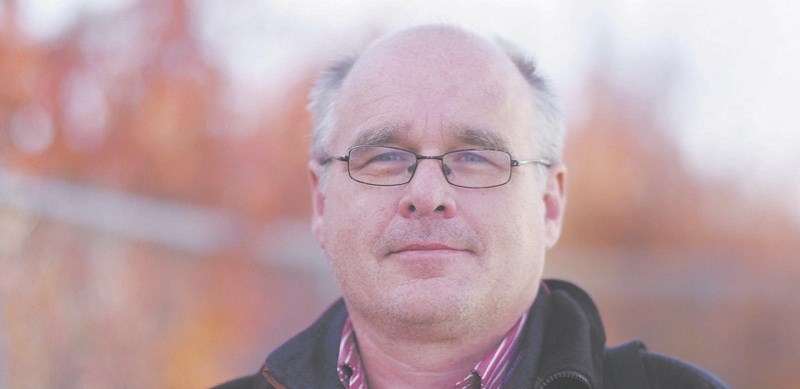Some 109 of the 155 invited Alberta communities took part in the second phase of the Rural Health Services Review, announced by Premier Prentice and Health Minister Stephen Mandel last fall.
The participating communities all had populations under 10,000. Twenty-five provincial organizations, including colleges and associations, also took part in the review.
Paul Siller of the Rockyview Regional Handibus Society (RRHS) noted that the reoccurring theme from the report indicates accessibility, namely transportation, as one of the chief areas of concern for rural residents’ ability to access adequate health care services.
“They’re just waking up to this now,” said Siller, who has been advocating for funding from the province (which currently provides zero direct funding for non-emergency medical transportation) for years.
“One dollar spent on non-urgent medical transportation saves $7 on health care costs,” he said, citing a recent U.S. transit study.
The current funding structure of the RRHS is 40 per cent through school board contracts; 50 per cent through participating municipalities; and 10 per cent from other sources.
“Everyone assumes the province pays for this service,” said Siller.
The RRHS services residents in Rocky View County, Cochrane, Chestermere, Crossfield, Carstairs and Cremona; many of these residents are seniors or persons with disabilities.
Carstairs and Crossfield were invited but did not take part in the review.
Dr. Richard Starke, MLA for Vermillion-Lloydminster, served as chair on the Rural Health Services Review Committee.
Starke acknowledged that transportation was a reoccurring challenge faced by many rural Albertans — highlighted by the shutting down of many rural facilities over the last several years; the lag in the ability of rural communities to recruit and hold onto health care staff; and the ‘misuse of emergency services’, leaving ambulances backlogged across the province.
The chair recognized the frustration experienced by many rural Albertans and that transportation was a ‘key barrier’ — but questioned whether or not funding non-urgent medical transportation would find it’s way on the province’s books, in an ‘already strapped’ health care situation.
“It’s certainly something that could be looked at, but may not be likely under our current fiscal situation.”
Starke said closing the transportation barrier gaps may be alleviated somewhat with putting more non-ambulance transportation (NAT) vehicles on the road; 20 NAT vans have been put on the roads since last July, taking some of the pressure off of costly ambulance services.
He also said that reforming operational issues with EMS is a key priority.
“We need to get our ambulances in rural communities in (to hospitals), to discharge patients in a timely and efficient manner and get them back home (to their rural communities).”
With inefficient ambulance transfers, Starke said this backlogs the system and in emergency situations ambulances are being dispatched to rural communities from greater distances or urban centres; this poses a tremendous cost burden and puts the public at a greater risk with longer transportation times.
Starke said that he is ‘proud of the committee and of the report’ and that the final report recommended developing a provincial EMS service delivery model, as well as establishing eight to 10 Alberta Health Services (AHS) operational districts to give communities a stronger voice in local decision-making.
These new AHS districts are to be implemented by July 1 and will be tasked with delivering local health services based on input from 10-15 member Local Advisory Committees.
For a full viewing of the report visit health.alberta.ca/documents/Rural-Health-Services-Review-2015.pdf.
The RRHS is advocating for an operating budget of $5.70, according to Siller, they need to get to nine dollars/capita in order to stop operating on a shoestring; the provincial average is around $11/capita and Calgary funds their service at $26/capita.
To learn more about the RRHS, visit rockyviewbus.ca.




